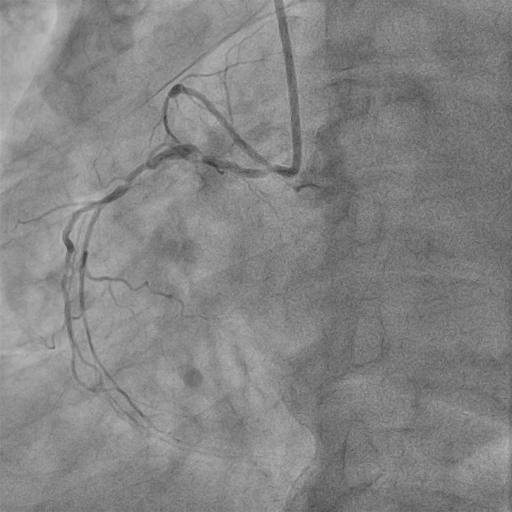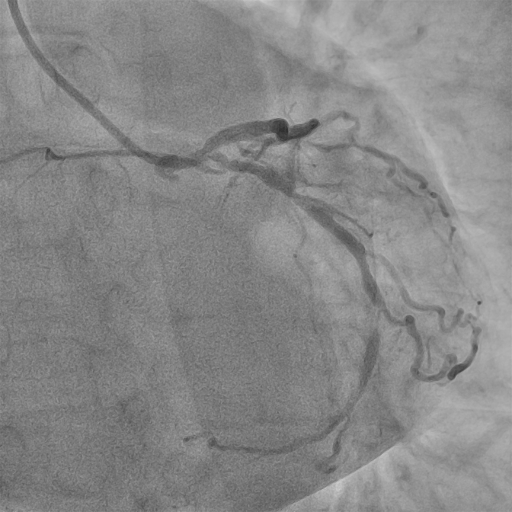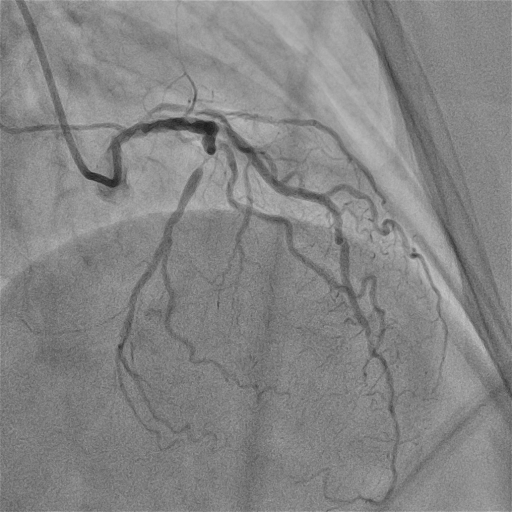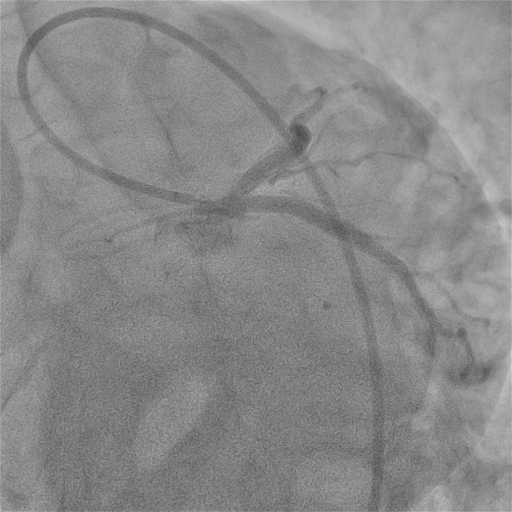Lots of interesting abstracts and cases were submitted for TCTAP 2024. Below are the accepted ones after a thorough review by our official reviewers. Don’t miss the opportunity to expand your knowledge and interact with authors as well as virtual participants by sharing your opinion in the comment section!
TCTAP C-133
What to Do If the Balloon Catheter Jams During Postdilatation?
By Liudmila Ulyanova, Alexey Sozykin, Alexandr Shlykov, Emelianov Pavel, Natalya Novikova, Diana Izimarieva
Presenter
Authors
Affiliation
What to Do If the Balloon Catheter Jams During Postdilatation?
Liudmila Ulyanova1, Alexey Sozykin2, Alexandr Shlykov3, Emelianov Pavel4, Natalya Novikova2, Diana Izimarieva2
Scientific Clinical Center 2 Petrovsky National Research Center of Surgery, Russian Federation1, Central Clinical Hospital of the Russian Academy of Sciences, Russian Federation2, Petrovsky National Research Centre of Surgery, Russian Federation3, Scientific Clinical Center 2 Petrovsky National Research Center of Surgery NRCS, Russian Federation4,
Clinical Information
Patient initials or Identifier Number
Relevant Clinical History and Physical Exam



Relevant Test Results Prior to Catheterization
Relevant Catheterization Findings



Interventional Management
Procedural Step




